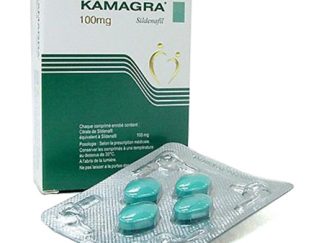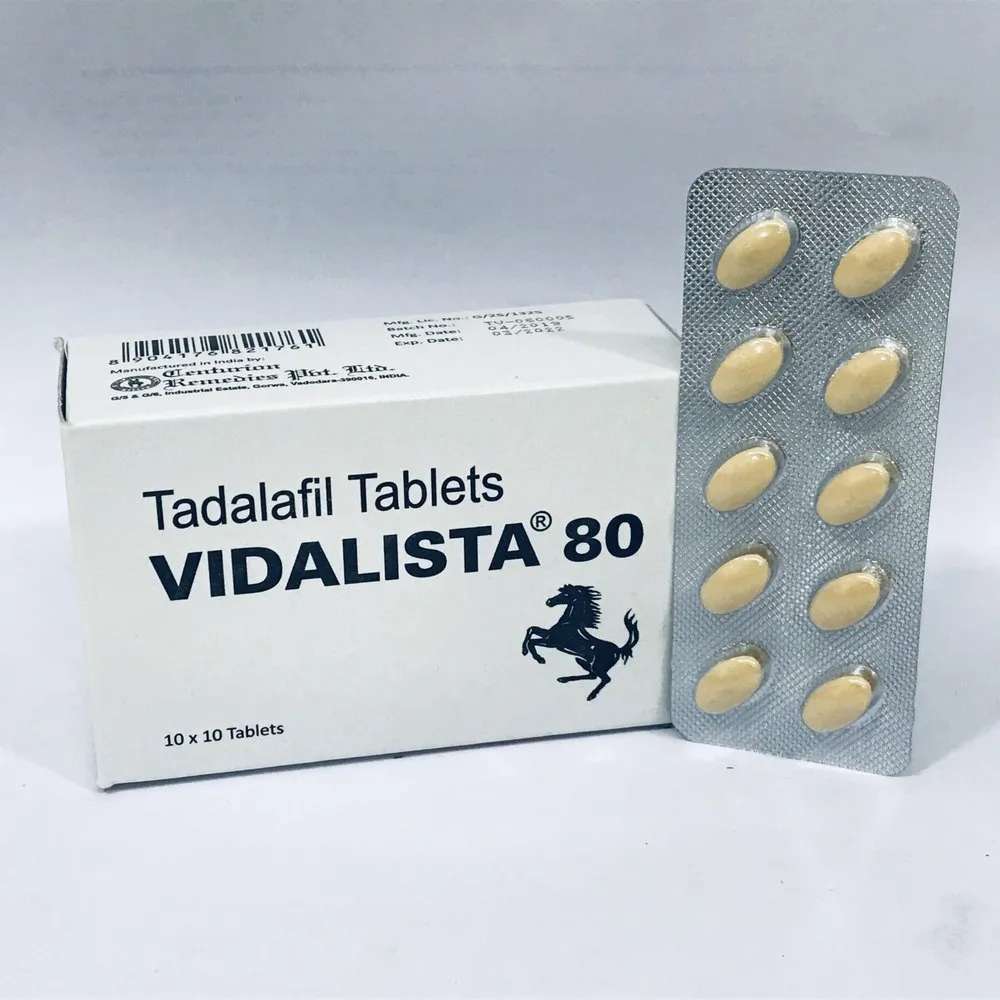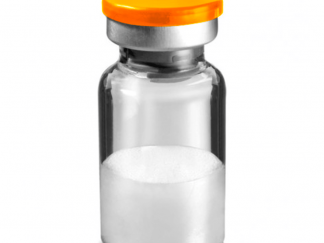Description
Shipped via FedEx / UPS / USPS
ETA: 1 – 2 weeks
Description
What is Gonal-F?
Gonal-F is the drug of choice to treat female infertility. Infertility generally refers to the inability to get pregnant after a year of trying. This situation, which is very difficult for couples who want to be parents, can affect many people. Men and women can experience this condition. In addition, considering that 48.5 million couples globally experience infertility, couples who want to start a family may experience psychological distress.
Couples with infertility problems can resort to different solutions. Infertility treatment includes a variety of treatments, such as IVF or fertility drugs. Methods and processes provide solutions to the infertility problem of couples. It helps to achieve pregnancy. Gonal-F is also a drug that will help overcome the problem of infertility.
You can find the answers to your questions by reading our content. Here is detailed information about the use of Gonal-F.
What is Gonal Follitropin Alfa 450?
Gonal-F is a type of medicine used to treat fertility problems. This drug, which contains follicle-stimulating hormone (FSH), is used in combination with another hormone (hCG). In this way, it is aimed to ensure the growth of a mature egg.
You can have the drug only with a prescription. The product, which is used when there is a fertility problem, can be given by an experienced doctor to a person with infertility problems in different doses and frequencies depending on the response of the treatment.
GONAL-f can be given by injection under the skin. It can be used once a day. If the powder is used, it is recommended to mix it with the supplied solvent just before use.
In addition, the dose and how often it is given may vary from patient to patient. After the first injection, the patient or their partner can also inject themselves if they have been trained or have access to specialist advice.
What is the Purpose of Use of the Drug?
To elaborate a little more on what Gonal-F is used for, it is generally preferred to treat the following groups.
- Gonal-F is used to treat women aged 18 years and older who are unable to produce eggs or who do not respond to clomiphene citrate drug treatment. Clomiphene Citrate is a drug used to treat female infertility. It works by stimulating an increase in the amount of hormones that support the growth or release of a mature egg. It should be taken orally in the amount specified by the doctor, and the dosage schedule should be followed carefully.
- When we look at another reason for using Gonal-F, we can see that it is also used for adult women who apply assistive techniques such as in vitro fertilization. Thanks to the drug that will enable the ovaries to produce more than one egg at the same time, the desired effects can be obtained from the treatment. In addition, this drug can be preferred in the treatment of women with Follicle stimulating hormone (FSH) deficiency. FSH is produced by the pituitary gland; it stands out as an essential hormone for the functioning of the reproductive system in men and women.
- Looking at the intended use of Gonal-F, it is also seen that it is used to treat men with hypogonadotropic hypogonadism (HH). Hypogonadism is when the female ovaries or male testicles produce little or no sex hormones. HH occurs when the pituitary and hypothalamus regions of the brain do not produce enough stimulating hormones.
When Should You Not Use Gonal-F 450?
Although Gonal-F is a useful medicine, in some cases, your health shouldn’t use it. You should not use this medicine if you have one of the problems listed below or if you have experienced symptoms of a reaction.
Some of the allergic reactions that can be experienced in general are as follows:
- Swelling of the face, lips,
- Shortness of breath
- Rash, or itching on the skin.
- Wheezing or difficulty breathing.
In addition to the above information, it is not recommended to use this medicine if you are pregnant, breastfeeding or have unexplained ovarian cysts. You should also not use this medicine if you have problems such as ovarian and breast cancer. In addition, you should not give medicine to the elderly or children. If you are unsure or worried about any of the problems listed above, tell your doctor.
What are the Possible Side Effects?
After using Gonal-F 450, some people may experience side effects during the treatment period. In general, common effects are as follows:
- Vaginal bleeding
- Warning signs of blood clots such as redness, pain, numbness in your arm or leg
- Warning signs of a heart attack
- Signs of severe OHSS, such as severe pelvic pain, vomiting, or diarrhea
- Inflammation or pain in your legs
In addition, tell your doctor if you experience dizziness, headache, nausea, abdominal swelling or stomach pain. The men can also use the medicine. Therefore it may cause side effects such as acne, weight gain or some breast development in men.
Gonal F 450 IU Pen (SubQ)
A drug called Gonal F (Follitropin alfa) 450 IU pen is used in assisted reproductive technology (ART) to encourage the growth of many follicles (egg sacs) in the ovaries. Follicle-stimulating hormone (FSH), a hormone that controls the formation and development of follicles in the ovaries, is present in it in a synthetic form.
The pen is a multi-dose, pre-filled injectable tool that is administered subcutaneously (below the skin). It is simple to use and convenient for people receiving in vitro fertilization treatment since it gives a precise amount of follitropin alfa with each injection.
Human chorionic gonadotropin (hCG) and other drugs, such as follitropin alfa, are frequently used to induce ovulation and boost the likelihood of conception.



